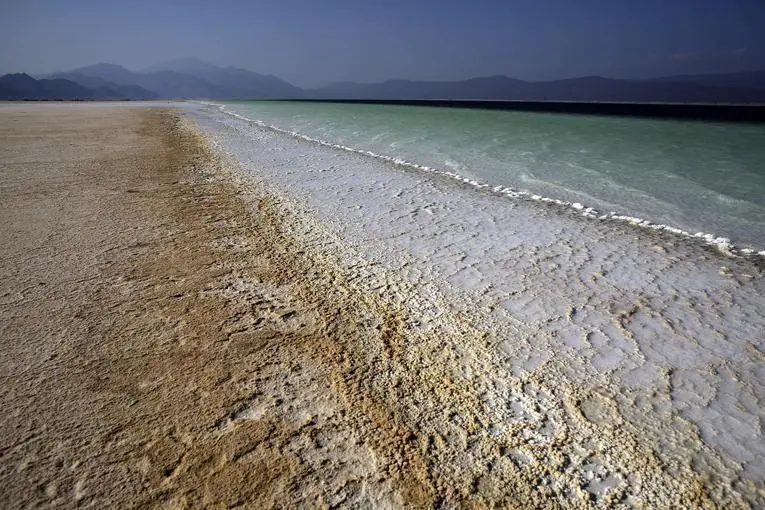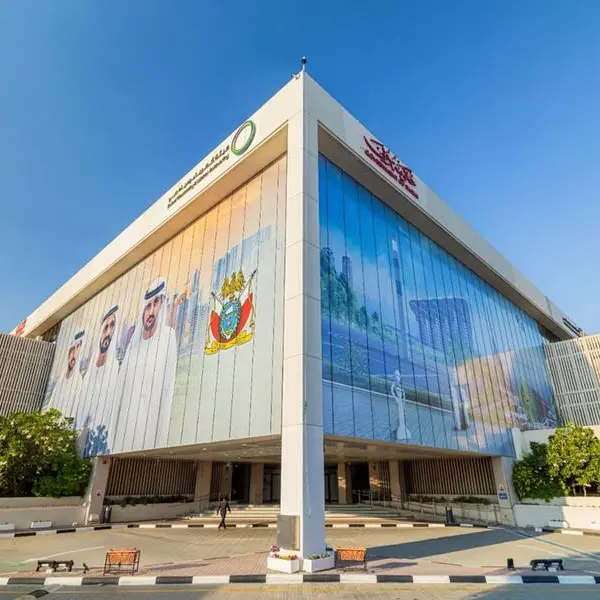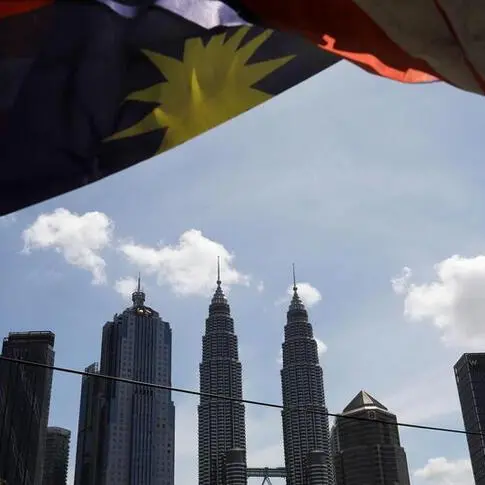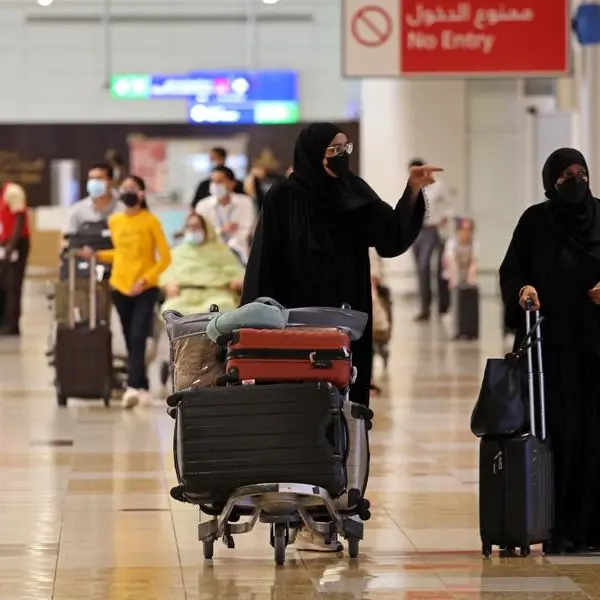PHOTO
Djibouti is looking to tap into rising demand for niche getaways as part of a broader bid to develop its tourism industry over the next two decades.
On the coast of the Red Sea and home to a range of unique landscapes, Djibouti is particularly keen to focus on the adventure and ecotourism segments. Business travel is also being targeted, with the country looking to bolster its role as a gateway to the neighbouring 94m-person Ethiopian economy through improved infrastructure and commercial links.
Developments over the next decade, including two new luxury hotels and two planned airports, indicate that the national drive to boost visitor numbers is already advancing, though concerns over infrastructure shortfalls remain.
Untapped potentialThe potential for growth in Djibouti's nascent tourism sector has been highlighted by the World Bank as well, which in its most recent study on Djibouti's tourism industry, carried out in 2013, cited opportunities for expansion across the business and cruise segments in particular. The bank also noted the interest generated by Djibouti City thanks to its existing military and commercial links.
According to World Bank estimates, the sector has the potential to directly employ 30,000 people by 2030, should growth forecasts hold, up from 4500 in 2013, while its contribution to GDP could rise from 3% to 10%.
However, the bank also noted barriers to industry growth, including limited capacity due to under-investment, the lack of an overall strategy for developing the sector, weak transport connectivity and poor visibility as a destination.
Sector roadmapFollowing the World Bank study, the country rolled out a long-term vision for the sector, part of the Vision Djibouti 2035 plan released in 2014.
Under the initiative, Djibouti's tourism development will be broken down into three areas: business and leisure in the capital, beach resorts and diving, and ecotourism. The government hopes to attract 500,000 tourist arrivals by 2030, up from 72,915 visitors in 2014.
As of 2013, the top source markets were France and the UK, though arrivals from China, Russia and the US were on the rise, according to Euromonitor International. Neighbouring countries, including Sudan, Ethiopia, the UAE and Eritrea, made up around 40% of arrivals.
"We have started laying the groundwork to further develop the tourism sector, including roads, new hotels and the planned construction of additional airports," Mohamed Abdillahi Waiss, director of the National Tourism Office of Djibouti (Office National de Tourisme de Djibouti, ONTD), told OBG. Improving accessibility and connectivity would also be a priority, he added.
Capacity build outThe country is already home to two luxury hotels - the Sheraton Djibouti, with 180 rooms, and the 200-room Djibouti Palace Kempinski - with two new five-star hotels planned as part of two new shopping mall projects currently under development. The new hotels should help alleviate pressure on existing facilities, where occupancy rates averaged over 80% in the first 10 months of 2015, according to the ONTD.
One of the projects is being developed by Nael & Bin Harmal Investment, a Dubai-based investment group focused on property development and hospitality, while Djibouti's HALT Group, in conjunction with Shanghai-based Touchroad International Holdings Group and Shanghai Electric, is developing the other.
Transport connectivity is also expected to see an improvement as Djibouti increases its road and aviation capacity. The country has expanded the national road network from 700 km to 1100 km since 2010, and is currently constructing two new airports with $599m worth of financing from China.
In particular, Djibouti will be looking for capacity upgrades to foster less costly flights, helping to make the country a more affordable destination for regional and international tourism.
The first airport, Hassan Gouled Aptidon Airport, will be located in Ali Sabieh, 25 km south of Djibouti City, and is being developed by the China Civil Engineering Construction Corporation. When the facility opens in 2018, it will be able to handle 1.5m passengers and 100,000 tonnes of cargo per year, allowing Djibouti to develop its position as a regional air traffic hub.
Meanwhile, the second airport, Ahmed Dini Ahmed International, is being built in the north of the country, near the Seven Brothers Islands. The airport will be able to accommodate 350,000 passengers per annum when it opens in 2016, scalable up to 767,000 by 2021.
Natural assetsEfforts are also under way to raise Djibouti's profile as a holiday destination, which, Waiss acknowledged, is key to extending its reach to new visitors, including short-stay tourists.
As part of its marketing campaign, the ONTD teamed up with local industry stakeholders to bring in the 15 largest tour operators in Ethiopia with the aim of showcasing Djibouti's attractions. Access to the sea is a particularly attractive proposition for visitors from landlocked Ethiopia.
"What Djibouti needs right now is more exposure," Waiss told OBG. "The country holds great potential for regional markets, especially with improvements in transport infrastructure. With better connectivity, visitors from Ethiopia, for example, will be able to visit for a couple of days and enjoy the sea."
Djibouti's natural attributes, which also include volcanoes and salt lakes, make green tourism a segment ripe for growth, capable of taking on more established destinations, according to Ilyas Dawaleh, the minister of finance.
"We have the same advantages as Sharm el Sheikh in Egypt in terms of scuba diving, and we have the salt lake, which is 156 metres below sea level," he told media in March 2015.
Tour operators have started to increase the ecotourism emphasis in their itineraries and offerings. New attractions include whale shark excursions, paddling in the Gulf of Aden, snorkelling in the coral reefs, hiking and lake trips.
© Oxford Business Group 2016












